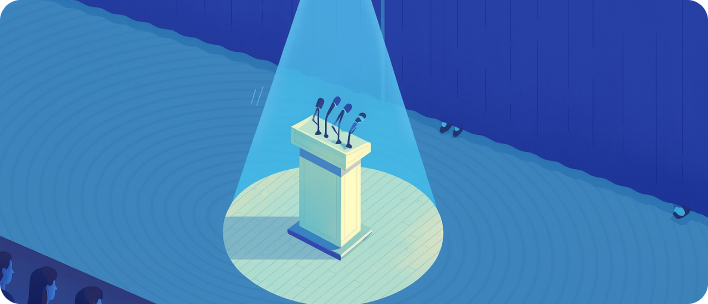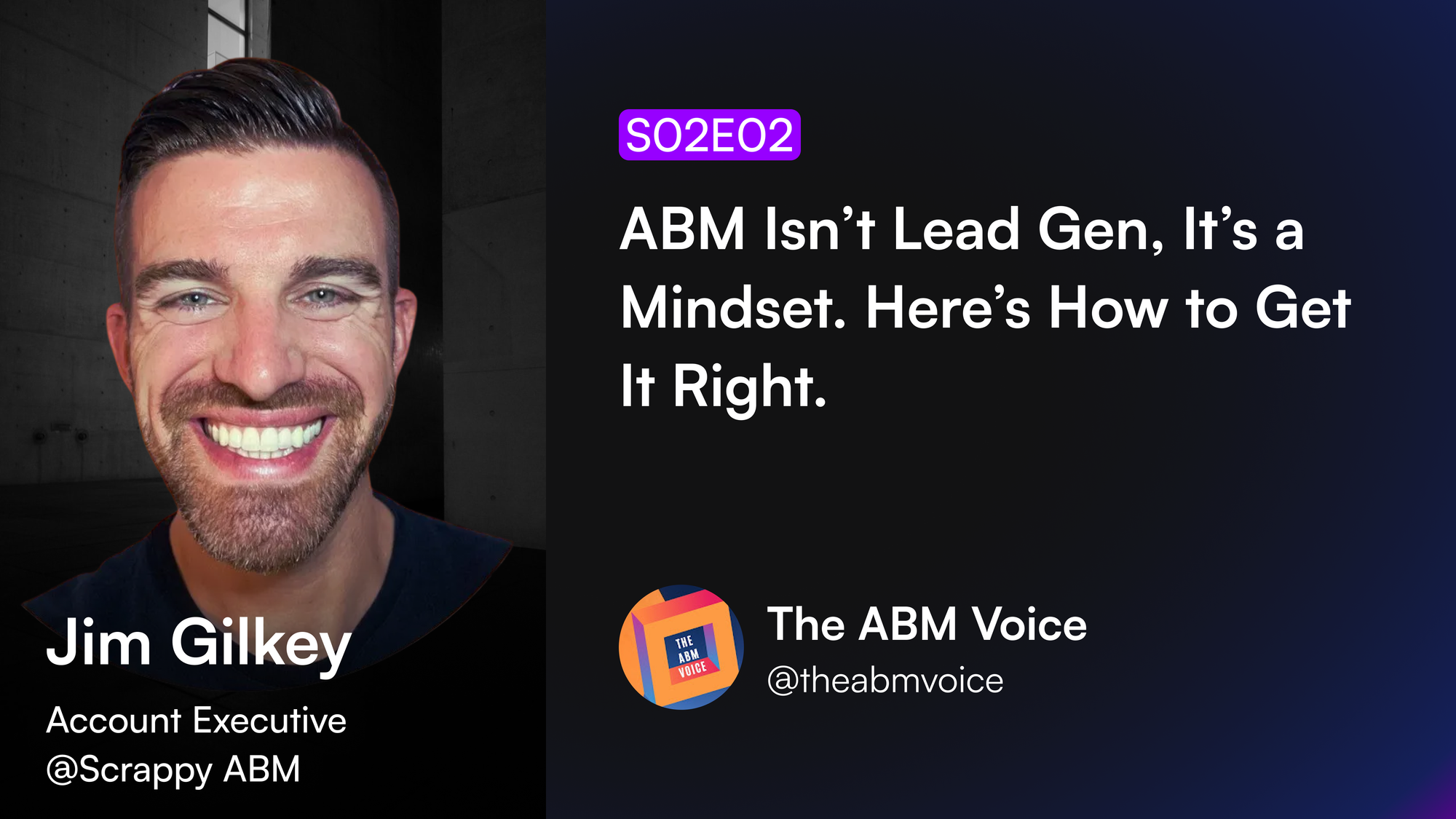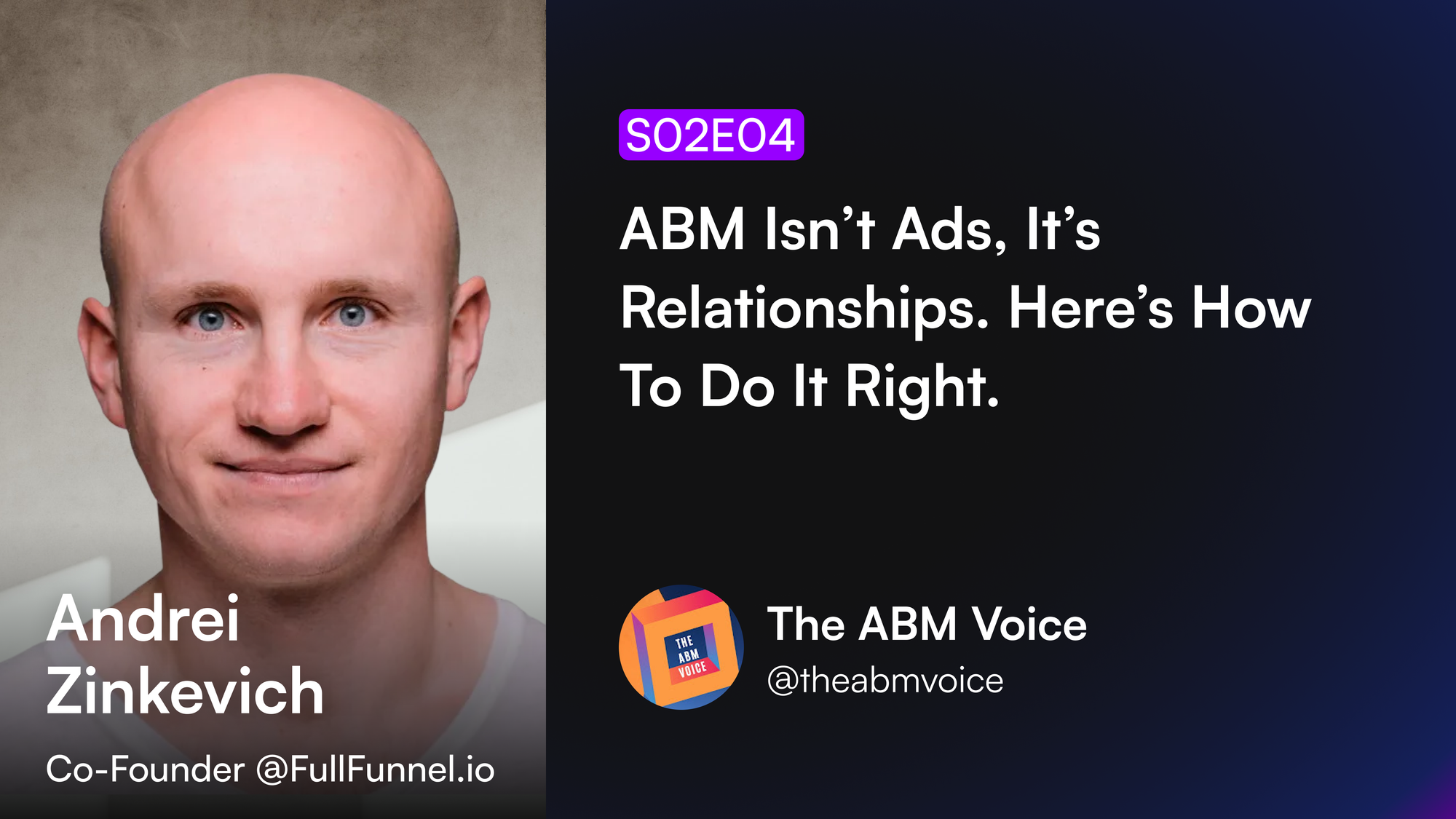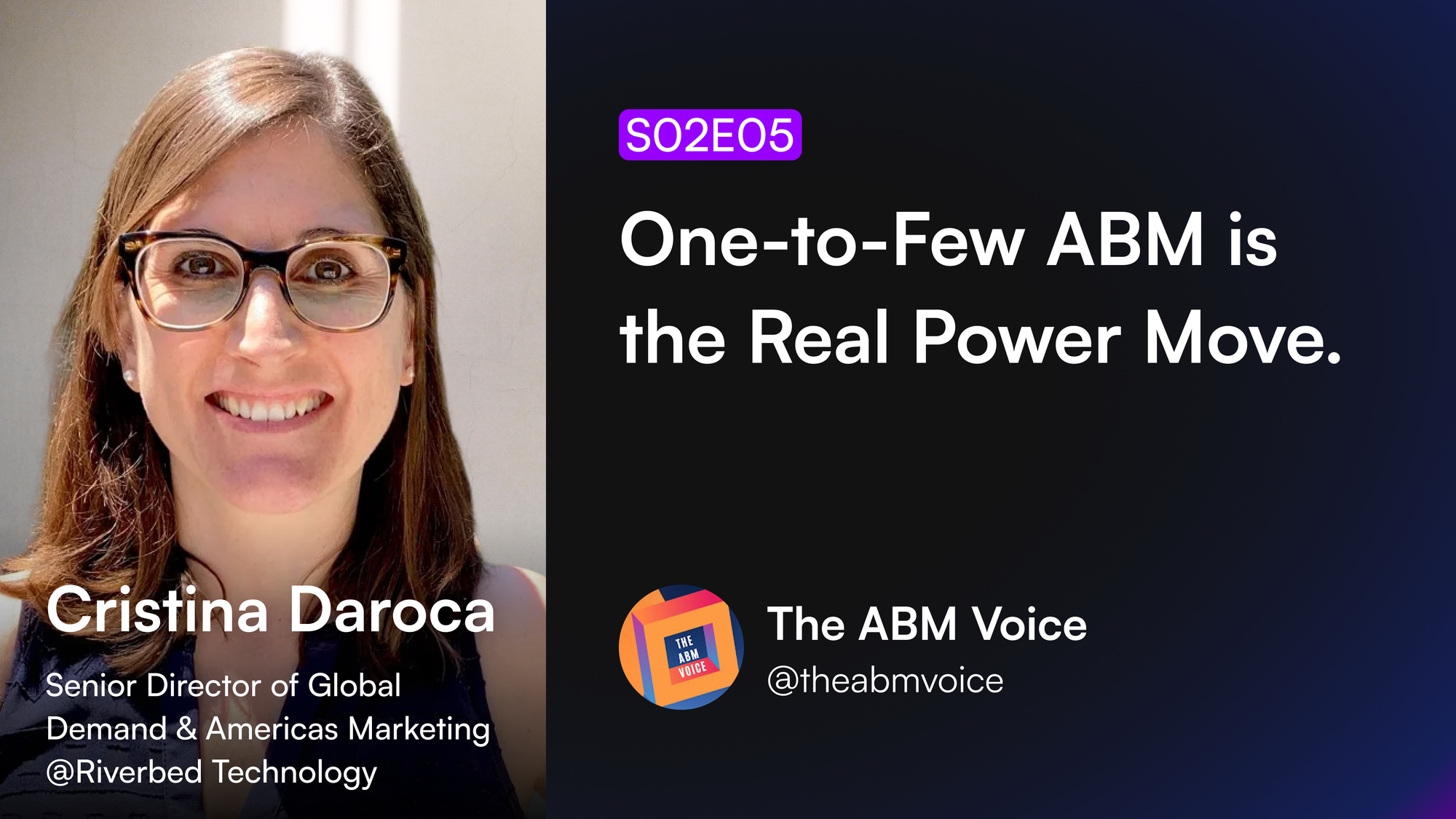Most Account-based Marketing programs start by creating awareness towards their products and services to their target accounts. A common mistake marketers make when designing their awareness stage campaigns is to treat all their target accounts equally.
Every Account is unique and so will be their awareness of problems and the existence of matching solutions. Customers go through an awareness journey from the point where they have not even realized they have a problem to solve, to deciding a product that is best suited for them. If the marketer fails to recognize this simple fact, It often leads to a wastage of time, effort, and money. Hence, the purpose of your campaigns should be to travel along with your prospects in their awareness journey.
Start by aligning your communications to this journey; build relationships with your audience even before they convert as customers. And establish yourselves as a reliable source of information. This helps in positioning your product as the best solution to the customer's problem even before they have identified it.
In this article, we break the different stages potential buyers have to cross in their awareness journey. We also explain what goes on in progressing people from one stage to another.

Eugene Schwartz in his path-breaking book, Breakthrough Advertising first defined the awareness stages. According to him, awareness of buyers to certain products or services can be categorized as they being.
- Problem-Unaware
- Problem-Aware
- Solution-Aware
- Product-Aware
- Most-Aware
Prospects have to cross the stages without getting lost in the chasm before they become buyers. Therefore, it is the task of the marketer to help them navigate the journey. Each stage will require a different type of content, strategies & communication style to educate the audience and progress them. A problem-unaware buyer will not consider a solution even if it is the best for her because she is simply unaware that a problem exists.
Let's cover the awareness stages in detail using an example. Sophia is a marketer for a hypothetical Robotic Process Automation software product called GotAi. Their cutting-edge AI solution is a game-changer for traditional companies that are used to working with legacy tools and performing manual operations. Sophia is tasked to drive awareness to one such industry and her audience is made of insurance claim processing companies.
Being an experienced marketer Sophia starts by profiling her audience and develops a campaign plan that takes her buyers on an awareness drive.
Stage 1 - The problem-unaware Audience
This is a class of buyers who are unaware or simply unwilling to acknowledge that they have a problem, let alone have any knowledge of potential solutions. They are the most significant part of the awareness spectrum by volume, and they are also the most difficult to sell to.
To get the attention of her audience, Sophia's initial campaigns will focus on introducing the problem (and only problems) to them. Her goal would be to communicate the various inefficiencies that exist in the insurance claim processing operations by underscoring issues on data quality, speed, productivity, customer satisfaction, cost of operation, etc. Sophia's messaging will all be negative and problem-oriented.
Content for the problem-unaware audience
The purpose of the content is to educate potential customers on an issue they have but yet to recognize or accept. The format is less vital than the concept and direction — however, you should try to learn about your audience's preferences and adapt to them if at all possible. Short films and other snackable content that walks through a specific pain point are perfect because the audience isn't ready to delve in and learn more just yet.
2. The problem-aware audience
In this stage, the buyers have started to realize they may have a problem on hand but are in no hurry to take a plunge. Therefore they’re not actively seeking solutions as yet. However, it could be the start of a purchase journey. They will do occasional research and collect data to validate the existence of such a problem.
Sophia's next set of campaigns will concentrate on reinforcing the existence of her audience's problems. She will also position and align GotAi to a recognizable category namely Robotic Process Automation. She will paint a world for her audience sans the problems in the context of RPA. She will also try to drive urgency to create a desire in her audiences' minds to seek solutions. Her messaging will be neutral and starts to sound optimistic.
Content for the problem-aware audience
Research papers, blog posts, Thought leadership articles, etc. are good ways to reinforce the existence of the problem and move them to the next stage.
3. The Solution-Aware audience
At this stage, buyers have recognized the existence of a high-value problem that requires a solution. They are actively seeking help and investing time in learning about the available options in the market. This is the point at which your prospect begins to warm up. They are not quite ready to shell out cash just yet but are getting there.
Sophia will shift gears to establish GotAi as a major player in the Robotic Process Automation space. She is not hard selling but merely positioning her product as a viable alternative in front of her buyers. Sophia's communication is educative and consultative. She might articulate how the insurance processing industry is reaping rich dividends from their RPA investments.
Content for the solution-aware audience
The proof that your product can address their problem is critical because that is exactly what they are looking for right now - a working solution. Case studies and success stories are excellent vehicles for demonstrating how successfully your solution achieves it.
4. The Product-Aware Audience:
The prospect now starts to recollect your product by name, have a general understanding of what the offering is. However, they are unsure if it’s right for them and how they can benefit by using it.
Sophia's communications will be focused on unplugging these gaps; she will concentrate on highlighting GotAi's standout features, cost of ownership, ROI, etc. She will map her product's capabilities to the problems that she helped her audience identify in the earlier stages.
Content for product-aware
- Product Demos to show people how the product functions and how it will solve their problem
- Webinars and Events
5. The Most-Aware Audience
Buyers in this stage start to show the buying intent and have become familiar with your product. They know what you offer, understand the various functionalities, features, options.
Sophia will concentrate on converting her audience to a customer. She will drive 1:1 communications that are highly contextual and personalised.
Content for most aware
That's all there is to design an impactful campaign. I hope this article has helped you to understand your prospects' mindset as they move through the various stages before they become buyers.
Need help to design your next ABM campaign? Talk to us or write to contact@recotap.com














